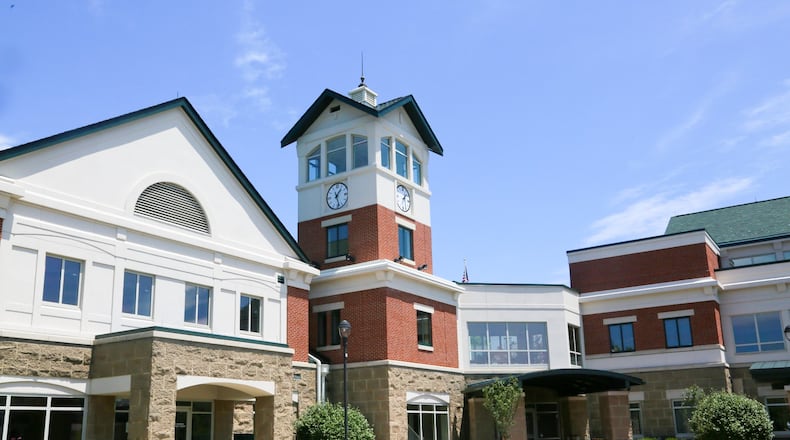Monroe councilmember Tom Callahan voted against the legislation and Todd Hickman was absent from the meeting.
Caleb Bell, chair of Bricker & Eckler’s Public Finance practice group, gave a lengthy presentation to Monroe council and answered several questions via a zoom meeting from his office in Columbus. Jen Patterson, Monroe’s assistant city manager, served as moderator.
In January 2020, Monroe council approved adding Property Assessed Clean Energy (PACE) financing that allows for companies, developers and property owners to make their buildings more energy-efficient and pay for those improvements over time through a special assessment on their real estate tax bill, according to Patterson.
Since then, Monroe has not used the program, she said.
She said the program has been used locally during the renovations of the downtown Dayton Arcade.
Until recently, only communities that shared boundaries could use the same ESID, but that changed with the passing of House Bill 444 in April. Now any city or township in the same county can share the ESID. That opened the door for Fairfield to join Monroe and Liberty Twp.
Fairfield Development Services Director Greg Kathman said a major project has been proposed in the city and the owners may be interested in the ESID program. He said it was too early in planning to reveal the possible project.
He called ESID “another tool in our economic development toolbox,” though he said it’s “not right for every project, every company.”
Patterson added the program makes projects “more viable” for a business.
Bell said a project could consist of energy-efficiency improvements, such as with HVAC, lighting, and roofs, windows and insulation. They can also apply this to projects that would lead to improved energy efficiency, like alternative energy improvements, such as solar, wind, and geothermal; or water efficiency improvements.
HOW THE PROGRAM WORKS
- The ESID board and the city/township must approve the project, then the project will be completed with a loan from a private lender. That loan must be secured and backed by the assessment.
- The property owners then pay the special assessment on the property tax bill over time. The county then transfers the assessment funds to the city, which in turn transfers the assessment funds to the lender to repay the loan.


